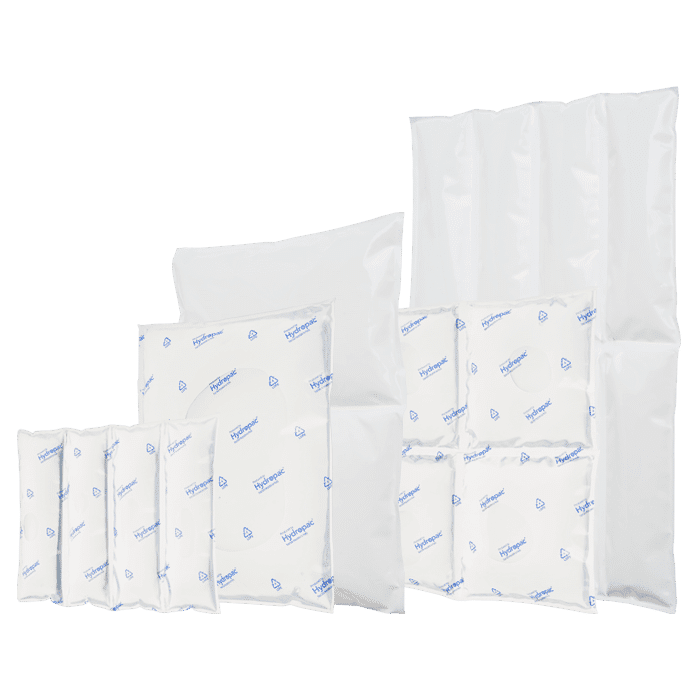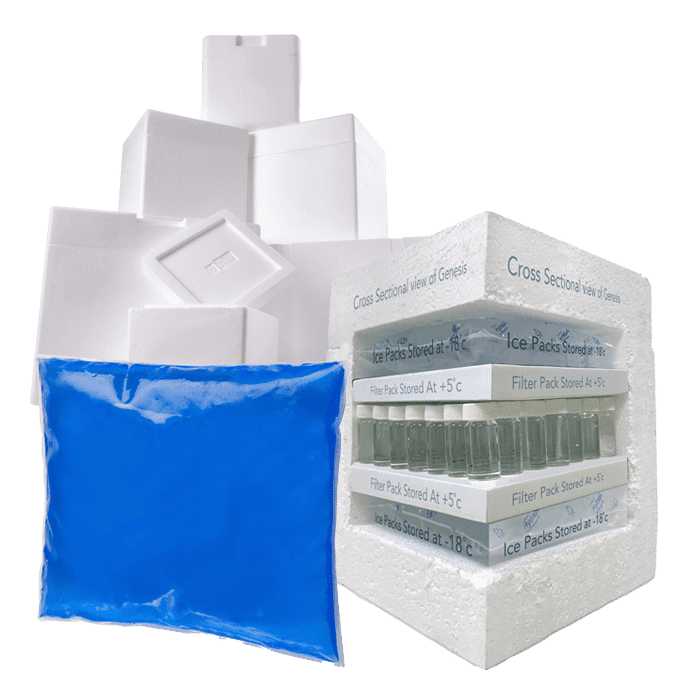Risks of Shipping Pharmaceuticals
Any company looking to ship pharmaceutical products needs to be aware of all the potential pitfalls and risks if things go wrong in transit. It’s so important to make sure that the products are being shipped safely and in packaging that will not only protect them from damage, but maintain the cold chain throughout, from start to finish!
Some of the potential pitfalls of failed pharma shipping are:
Damaged Effectiveness of Products
We’ve written before about how important it is to ensure vaccines are kept at the right temperature during transit; their potency and effectiveness can be affected if they become too cold or too warm. However, it isn’t just vaccines that we consider when we are testing our Pharma systems, we have to think about all types of pharma products including narcotics, plasma and medications. Even a small temperature fluctuation can have devastating effects on these products, causing issues down the line for availability and patient health.
Custom chilled solutions for you
Hydropac offers every customer a customized solution for chilled and conditioned shipping. For example, we help a customer with limited freezing capacity to deliver gel packs frozen and ready to use, and we can manufacture almost all shapes and sizes of cooling elements. As a customer, you come first: we are here to help you.
It’s a scenario that we all dread, so it is crucial that products are shipped in packaging that can stand up to the job in hand and maintain the cold chain.
Impact on the Bottom Line
Money. If a shipment of pharma products are left damaged and unusable as a result of temperature fluctuations then the money spent on the production and shipping of these has gone to waste. And we’re not talking small change. A bulk cargo of ruined pharma products could cost hundreds of thousands of pounds. We can’t be without them, so they’ll have to be accounted for with a direct loss to the bottom line.
Loss of Trust
If you are shipping pharma products then the recipients need to trust that they’ll arrive safely, in a good timeframe and in perfect condition.
The health of other people are relying on these products arriving safely. If you send products that then arrive damaged or ineffective, then eventually trust will be lost that you can deliver what is required, and your customers may move elsewhere.
Points to remember
- Choose a carrier who can provide a direct route, if possible. Not only should this mean the products reach their destination in the quickest time possible, but also protects to a degree against possible cargo theft. Pharma theft is unfortunately a problem, and the idea that the less people who come into contact with the load serves some protection against letting people know what is being transported.
- Work with a packaging supplier who can provide what you need, when you need it, and in the sizes and configurations that work the best for what you are shipping. Don’t be afraid to ask questions; you need to know that the pharma packaging you are buying will do its job right. You should also ask to see their testing data; if they can’t provide this, it may be best to walk away.
Sustainability Hydropac and CSR
Sustainability isn’t just a trend for us – it’s a promise. As we innovate, create, and lead, we keep our planet’s well-being at the forefront. With Hydropac, you’re not just preserving the quality of your cargo; you’re contributing to a healthier world.
Experience the power of sustainable temperature assurance with Hydropac – where excellence and environmental responsibility coexist for a brighter future.




